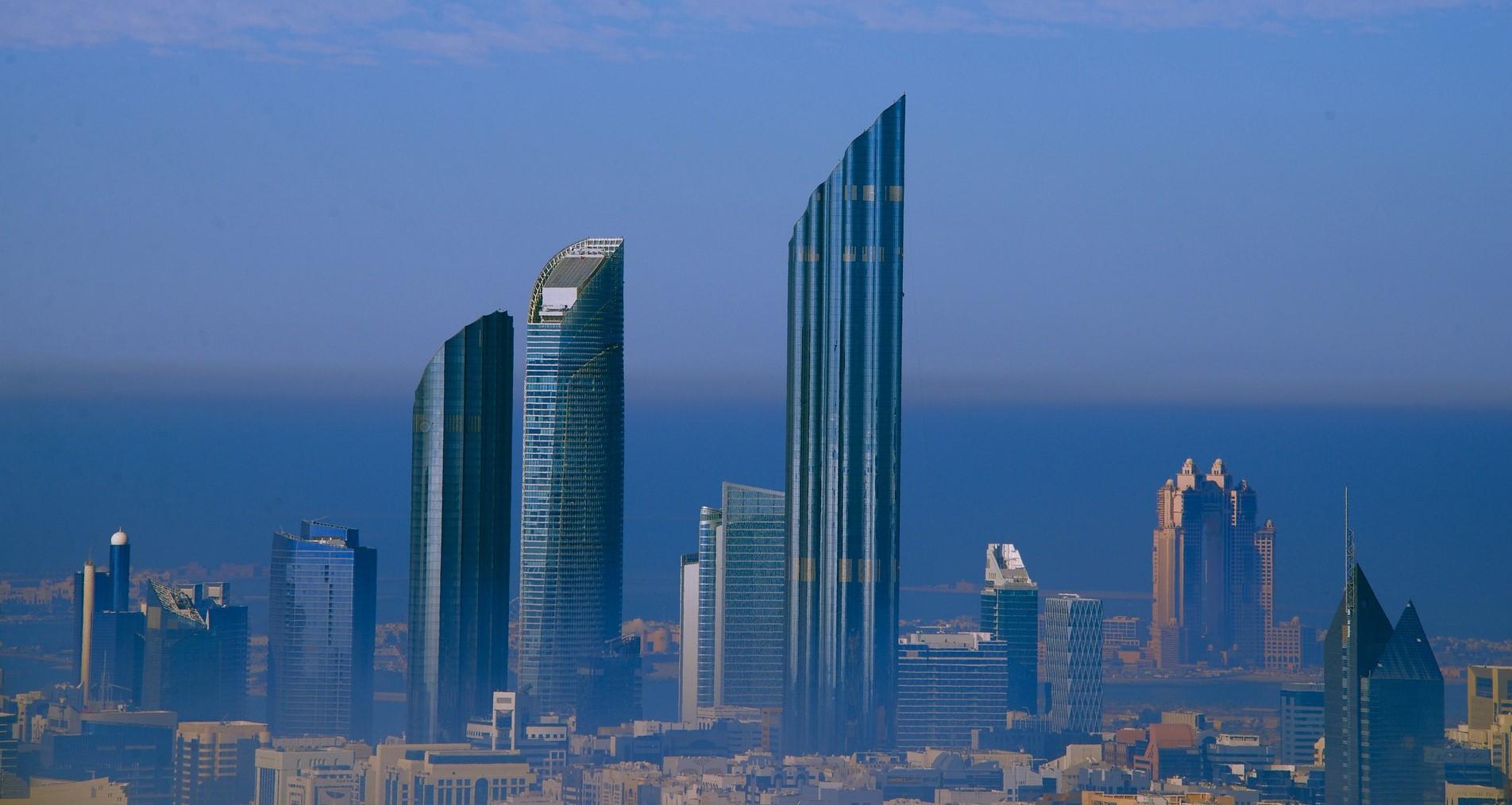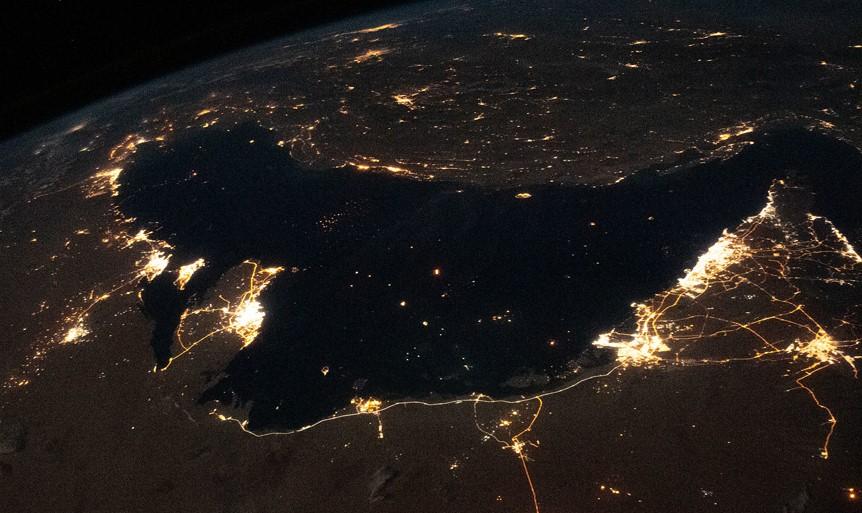The Gulf’s sovereign wealth fund cities
If there is one thing casual observers know about the cities of the Gulf Cooperation Council (GCC) countries, it is that they are changing and growing very quickly. The Gulf monarchies have overseen one of the most rapid and dynamic urban booms in the past 20 years. The images of Doha or Dubai from 2000 would be startlingly unfamiliar to anyone who visits in 2021. Yet as much as the Arabian Peninsula’s cities are places of change, one thing has stayed constant in their development: They are cities built by sovereign wealth funds.
Funds building states
A sovereign wealth fund is a state-controlled investment fund, which most often pools a country’s revenue from natural resource exports like oil, gas, metals and minerals. Sovereign wealth funds are different from other major investment funds in that they are not subject to the same transparency regulations. The “Santiago Principles”, a set of 24 best practice guidelines for sovereign wealth funds, were adopted in 2008 to address the anxieties of investors and regulators. They are, however, entirely voluntary.
Sovereign wealth funds have only recently established such a strong role in the global political economy, but they have a long history in the GCC states. In fact, Kuwait’s sovereign wealth fund was the first in the world, established in 1953. All have at least one fund; some have several. The Sovereign Wealth Fund Institute’s ranking of the world’s largest sovereign wealth funds include four Gulf funds in the top 10, and several others slightly lower in the ranks:
- Abu Dhabi Investment Authority (3rd)
- Kuwait Investment Authority (5th)
- Public Investment Fund (Saudi Arabia) (8th)
- Investment Corporation of Dubai (10th)
- Qatar Investment Authority (11th)
- Mubadala Investment Company (UAE) (13th)
- Emirates Investment Authority (25th)
- Mumtalakat Holding (Bahrain) (36th)
- Oman Investment Authority (38th)

In most cases, the funds are directly controlled by members of the ruling families, such as with Saudi Crown Prince Mohammed bin Salman as Chairman of the Public Investment Fund (PIF) and Emirati President Sheikh Khalifa bin Zayed Al Nahyan as Chairman of the Abu Dhabi Investment Authority (ADIA). In this way, the monarchies can maintain close control over how the countries’ resource wealth is spent and align that spending with their political, public and personal objectives.
Whatever their actual goals, sovereign wealth funds are generally described by state leaders and fund managers as a sort of social safety net or a way to invest in the long-term development of a country for the benefit of future generations. They do so in a number of ways. Some invest exclusively abroad, like that of Norway, the world’s largest sovereign wealth fund. Others invest primarily in domestic development. Most – including the Gulf funds – pursue a mix of strategies.
Focus on city
Beyond the hydrocarbon industry, Gulf economic plans have been extremely focused on urban development. The GCC states are highly urbanized. According to the latest World Bank data, the urbanization rate (or the percentage of people living in cities) in Bahrain is 89%, Kuwait 100%, Oman 85%, Qatar 99%, Saudi Arabia 84% and the UAE 87%.

Governmental prioritization of urban development has contributed to the rise of these numbers over the past decades, as Gulf residents (foreign and local) are drawn to the economic, cultural and social opportunities now found in contemporary Gulf cities. Developing all these urban amenities, as well as the basic infrastructure that they depend on, has not been cheap.
While there is much talk, globally and locally, about the supposed “Dubai model” of spectacular urban growth, Dubai’s model is exceptional in that it was fueled by private capital, especially after the 9/11 attacks when Middle Eastern money left the United States at staggering rates. Other Gulf cities have not seen the same levels of private investment. But the aspiration of achieving Dubai-like growth has been attractive to state leaders – so GCC governments and their sovereign wealth funds have stepped in to support their urban boosters.
Post-oil development: 1. Promoting real estate and property investment
For the past 20 years, sovereign wealth funds have supported the explosive growth of Gulf cities in a number of ways. Three general trends highlight not only how the cities themselves have developed, but also indicate how Gulf planners are framing their “post-oil” development agendas. All three trends relate in some way to the first: promoting local real estate and property investment. Largely following the “build it and they will come” logic of the urban iconicity, sovereign wealth funds have either directly or through their subsidiaries funded the base infrastructure needed for urban expansion and new cities, as well as housing complexes, neighborhoods or districts, ports, and entire new cities themselves.
For example, the Qatar Investment Authority, the country’s umbrella sovereign wealth fund, controls the property investment company, Qatari Diar. The company has backed a number of major projects across Qatar, recently including a massive urban “regeneration” project in downtown Doha, Msheireb, and an entire greenfield city north of Doha, Lusail.

The UAE’s Mubadala has a vast real estate portfolio in Abu Dhabi, while the Dubai Investment Corporation’s real estate portfolio includes the control of major urban projects like the Dubai Airport Free Zone Authority and Dubai Silicon Oasis Authority, and has stakes in major real estate companies like Emaar.
Saudi Arabia’s PIF controls or has stakes in property markets across the country, but most recently has become the sole owner of the NEOM company, which is tasked with building Mohammed bin Salman’s grandiose vision of a new city, Neom, on the Red Sea coast. Like other major port developments in the GCC, Neom reflects the way that capitalist growth imperatives related to commercial shipping can fuse with geopolitical anxieties that securitize maritime logistics.
2. Capitalizing on cosmopolitanism
The second trend in sovereign wealth fund investments in Gulf cities is that in order to entice investors and residents to high-value properties in the commercial and residential sector, the funds have invested heavily in initiatives related to culture, sport and tourism. These investments are about capitalizing on cosmopolitanism, for example building an urban infrastructure to reflect the countries’ cosmopolitan identity narratives with cultural venues like the iconic Guggenheim and Louvre museums in Abu Dhabi or the gleaming new football stadiums and transport infrastructure in Qatar for the 2022 FIFA World Cup.

These projects help with the growth agendas of the real estate and construction industries, but they also serve the double purpose of enticing tourists and entertaining longer-term residents. The Saudi Neom project is being approached in a similar fashion, while Oman’s new sovereign wealth fund, the Oman Investment Authority, created in 2020 after merging two previously separate funds, has recently publicized its “revamping” around a focus on real estate and tourism.
Altogether, the sovereign wealth funds invest in the most iconic of projects, which require large sums of money and which can be described as working toward some broader social good like promoting national pride and international prestige. In this way, they help to create an image of cosmopolitan modernity for foreign consumption, while also creating the atmosphere of culture and luxury that is seen as necessary for luring – and keeping – wealthy residents and investors in Gulf cities.
3. Investing in higher education and the technology sector
The third trend in sovereign wealth fund investments in Gulf cities is in the sphere of education, technology, R&D and green energy. Across the Arabian Peninsula, cities have been built out through creating massive new complexes or zones for higher education and the tech sector. Doha has grown dramatically around and toward the Qatar Foundation’s Education City, Mubadala’s eco-focused Masdar complex has advanced the edges of Abu Dhabi, while cutting-edge research and technology development is being advertised as a key contribution of the Saudi Neom project.
As with the cultural venues and sports facilities, building these zones for education and technology is an expensive undertaking, so they are partly a way for the construction sector to receive large contracts from the sovereign wealth funds. But they are not merely white elephants: The sites are actual places of research, innovation, investment and post-oil energy infrastructures, which GCC leaders also want to reap the financial and symbolic benefits of. And even where physical sites for this sector are not directly funded by the sovereign wealth funds, start-up incubators or initiatives like the PIF’s Saudi Technology Development and Investment Company (TAQNIA) are designed to create new “knowledge economy” jobs and, in so doing, recruit and retain wealthy new residents to keep the urban “growth machine” running.
Urban boosterism, power politics, private interests
Sovereign wealth fund investments cutting across these different sectors all reflect the broader logic of urban boosterism, which just like other cities around the world, is typically made possible by a network of tightly-bound elites in and outside public institutions. In the Gulf, this is evident not just in the way that sovereign wealth funds are controlled directly or indirectly by royal family members, but also in the way that they prioritize large-scale contracts that are typically granted to regime friends, family and other strategic allies in the corporate and political world.
These urban investments thus serve the developmental narrative of creating new jobs and economic opportunities. But they are inextricable from the broader power politics across the GCC that has long been defined by a blurry or entirely indistinguishable line between state and non-state actors, between public and private interests.
The growth of Gulf cities over the past 20 years has unequivocally been made possible by hydrocarbon wealth, reflecting what some have described as a sort of “resource urbanism”. But the flow of this resource wealth is not just an open spigot. It is controlled through various channels, and sovereign wealth funds are among the most important ways that this funding is allocated. As much as Gulf’s cities are exemplars of a more generic resource urbanism, they are more specifically sovereign wealth fund cities.
